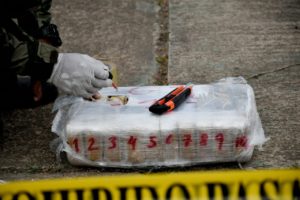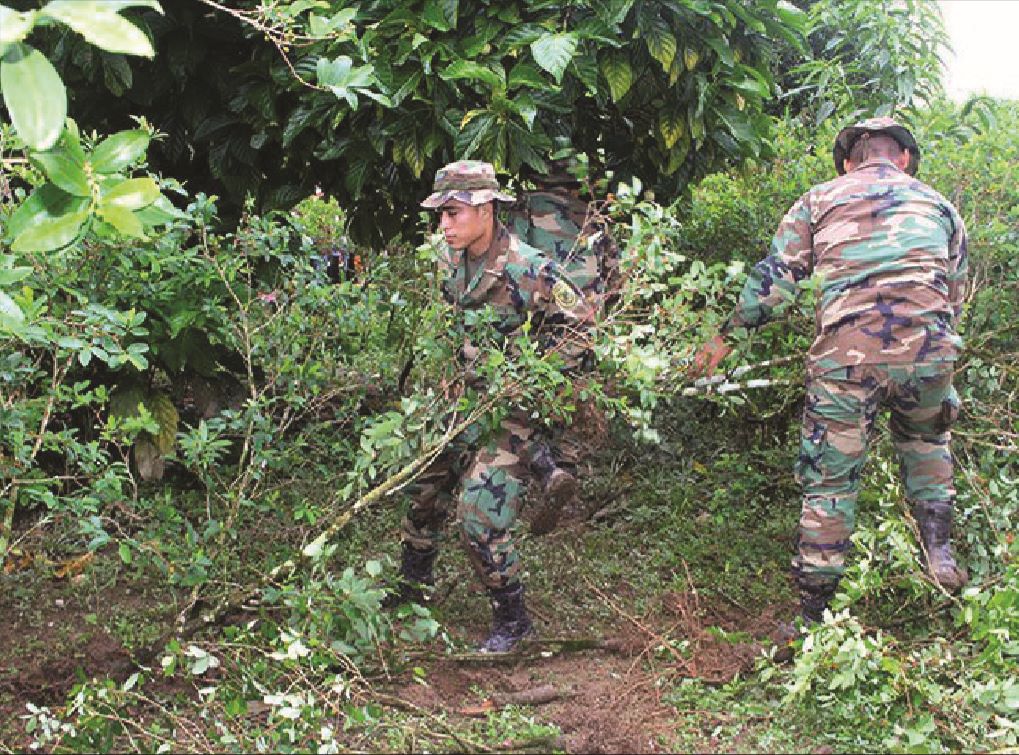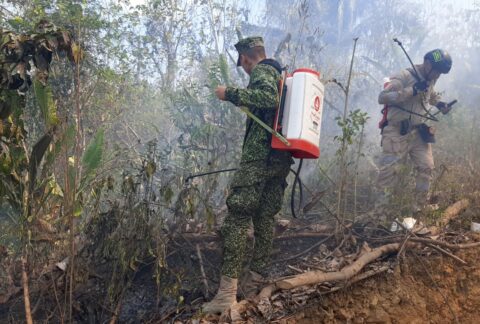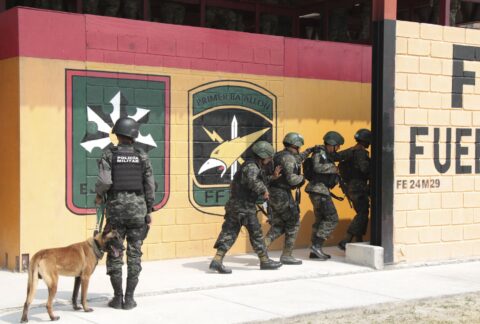Bolivian security forces eradicated more than 2,000 hectares of coca crops between April and June 2021.
“The total eradicated to date is 2,386 hectares,” Bolivian Vice Minister of Social Defense and Controlled Substances Jaime Mamani said in an interview with Primer Plano, a TV show airing on Bolivia TV channel, on June 24.
Cochabamba was the department where authorities destroyed the most crops (1,733 hectares), followed by Santa Cruz (344) and La Paz (309). According to Mamani, the figure exceeds the 531 hectares eradicated in the entire first half of 2020. This year, the goal is to destroy 9,000 hectares.

In addition to eradicating illegal crops, military forces also destroyed landing strips that narcotraffickers used. For example, on June 21, the Bolivian Special Force to Fight Drug Trafficking (FELCN, in Spanish) found a clandestine airstrip in the municipality of Santa Rosa, Beni department.
There, agents of the FELCN’s Trinidad Special Operations Investigation Group found 305 kilograms of cocaine during Operation Lynx (Operación Lince). The drug was hidden inside 300 brick-type packages in 10 jute bags in a warehouse, Minister of Government Carlos Eduardo del Castillo del Carpio said in a June 25 statement.
The Bolivian newspaper Los Tiempos reported that the airstrip was 700 meters long and located on a property called Buen Retiro. Agents also “destroyed and incinerated three blue drums containing 180 liters of a substance similar to Avigas [light aircraft fuel],” the FELCN said.
Mega lab

In addition to crop eradication efforts during the last quarter, authorities also destroyed cocaine crystallization labs. The largest lab was found on May 21, near the Santa Teresita indigenous community, Beni department.
“The laboratory had the capacity to produce 100 kg to 200 kg of crystallized cocaine on a daily basis,” Minister Castillo told news agency EFE.
Located in the Isiboro Sécure National Park and Indigenous Territory in the Bolivian Amazon, the complex had 11 areas for drug processing, handling, distillation, dilution, and drying. Minister Castillo said that nearly 20 people could work there.
2021-2025 strategy
The anti-drug tasks of the coming years are part of Bolivia’s Strategy against Illicit Trafficking of Controlled Substances and Control of the Expansion of Coca Crops 2021-2025.
The plan is based on five central concepts: efficient control of controlled substances; sustained reduction of surplus coca crops; comprehensive prevention of drug use; regionalization of international efforts in the framework of common and shared responsibility; and the environment, gender, and human rights as a cross-cutting theme.
Vice Minister Mamani detailed the plan during the first meeting of the Thematic Group on Drugs, which took place with the support of the United Nations Office on Drugs and Crime on May 24. Representatives from Argentina, Brazil, Colombia, the United States, and Paraguay, among others, attended the meeting.









